Population
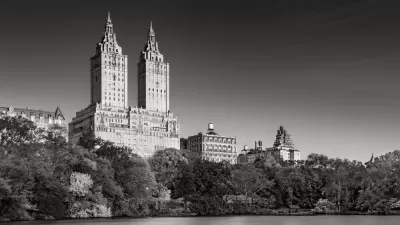
What's the Matter With the Upper East Side?
In a free market, the richest neighborhoods would ordinarily be the most popular. But some well-off urban neighborhoods are actually losing population. Why?
Population Decline in the Latest Census Estimates
Not only are suburbs growing, many of the larger, older cities that had reversed decades of population decline, are now losing population, again. The biggest losers: counties with the greatest population densities.
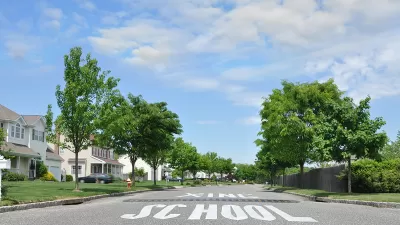
New Census Data Confirms: Suburban Areas Lead U.S. Growth
Post-recession population growth in the United States looks a lot like pre-recession growth in the United States. As some have predicted or already noticed: the story of U.S. growth is still suburban.

Which States Grew and Which Didn't
Texas and Utah were the leaders in growth for the 2015-2016 fiscal year; Illinois lost more residents than any other state.

What 6,000 Years of Population Data Looks Like
We can now watch 6,000 years of urban settlements and movements unfold on our computer screens.

Native American Population Almost Back to 1492 Levels
An estimated 5 million Native Americans lived in the area that would become the United States when Christopher Columbus arrived in 1492. After reaching a low in the late 19th century, the Native American population has almost fully recovered.

Millennials Now Greater Than Baby Boomers
According to U.S. Census data released this month, Millennials now outnumber Baby Boomers, and there are only more Millennials on the way.

New Census Data Shows a Return to Old Domestic Migration Patterns
New Census data provides a contemporary view of domestic migration, which has returned to pre-recession patterns.
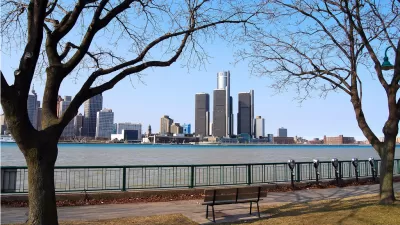
White Population Shifting Decades-Long Trends in Cities
The Census has confirmed what many trend stories and liberals have been saying for a while now—white people are moving back to cities.

Poverty Less Rural Than 50 Years Ago
It used to be that the nation's rural areas suffered from the highest poverty rates. Today, nearly half of the American poor live in mid-sized counties.
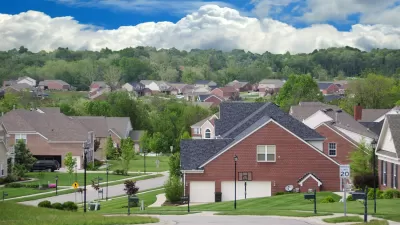
The Changing Face of Suburban America
As the nation becomes more racially diverse, so too do the suburbs.

What the New Census Data Reveals About the Urban Suburban Divide
Newly released population data provides entre for a discussion about the nature of cities.

U.S. Census Releases 2014 Population Estimates
The U.S. Census Bureau's 2014 population estimates shows persistent trends of growth in the Sun Belt along with a few other noteworthy data points.
London Peaking in Population Again (For the First Time Since 1939)
The city of London has completed a long and remarkable comeback to the population level set as its standard back in 1939.
California's Moderate Population Growth: The New Normal
New demographic data released Dec. 11 by the state Department of Finance shows the state grew by 335,000 people to 38.5 million, nearly one percent, despite a declining birth rate. While the most in six years, the growth rate has slowed overall.
Study Complicates Relationship of Population Growth, Emissions Reduction
More people translates to more emissions, right? Cut back on population growth and you'll reduce emissions and the threat of climate change, along with other environmental woes—it's a no-brainer. Or is it?

The 'Young and Restless' Choosing to Live in Cities
A report by new think tank City Observatory about where young college graduates are choosing to live inspired plenty of commentary this week.
Decline or Dispersal? Standardizing the Size of American Cities
Ben Schulman and Xiaoran Li lead an interesting thought experiment about the populations of cities around the country. That is, what would happen to the population of American cities if all their sizes were standardized?
New Statistics Reveal Post-Recession Paradigms of Population Growth
Governing takes a closer look at the U.S. Census Bureau’s most recent population estimates to reveal the data behind the country’s shifted migration patterns and present some ideas about what’s driving the new migration paradigms.
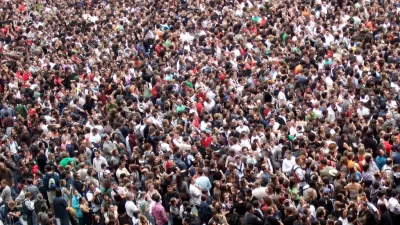
Graphing the Rise and Fall of Metro Populations
A mesmerizing presentation of the narrative arc of the United State’s 20 most populated metropolitan areas reveals the evolving weave of interrelationships that make up the country's urban settlements.
Pagination
Urban Design for Planners 1: Software Tools
This six-course series explores essential urban design concepts using open source software and equips planners with the tools they need to participate fully in the urban design process.
Planning for Universal Design
Learn the tools for implementing Universal Design in planning regulations.
Smith Gee Studio
Alamo Area Metropolitan Planning Organization
City of Santa Clarita
Institute for Housing and Urban Development Studies (IHS)
City of Grandview
Harvard GSD Executive Education
Toledo-Lucas County Plan Commissions
Salt Lake City
NYU Wagner Graduate School of Public Service


































